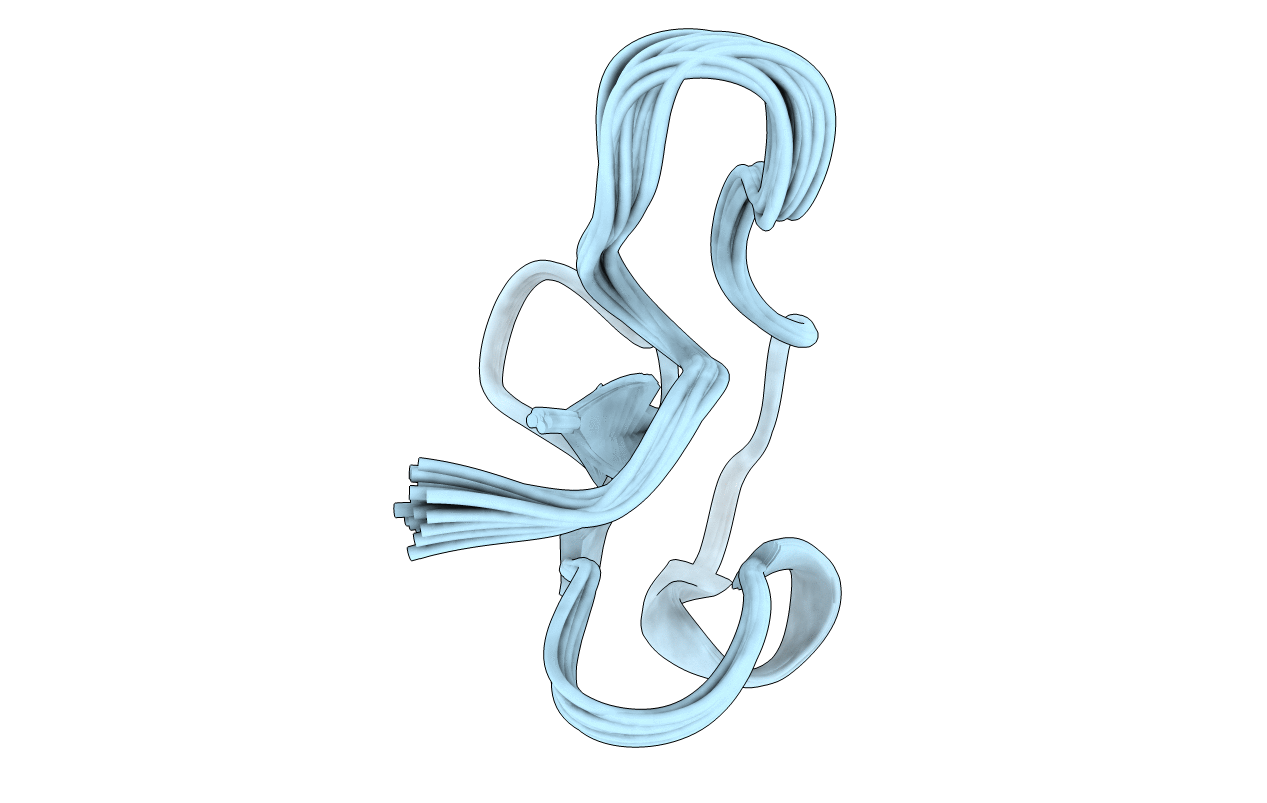
Deposition Date
2013-04-30
Release Date
2014-05-07
Last Version Date
2024-10-16
Entry Detail
PDB ID:
2M7T
Keywords:
Title:
Solution NMR Structure of Engineered Cystine Knot Protein 2.5D
Biological Source:
Source Organism:
synthetic construct (Taxon ID: 32630)
Host Organism:
Method Details:
Experimental Method:
Conformers Calculated:
100
Conformers Submitted:
20
Selection Criteria:
structures with the lowest energy


